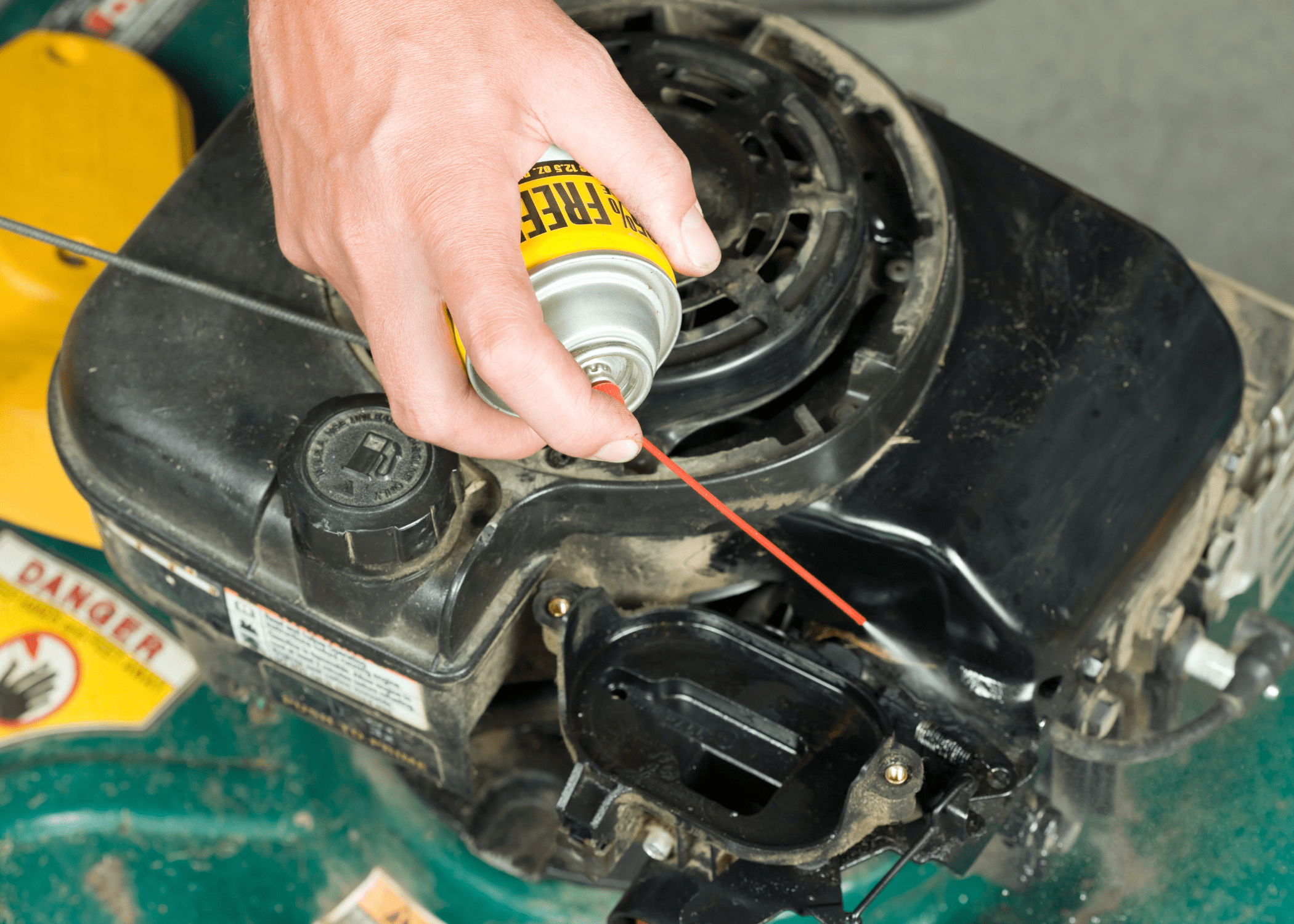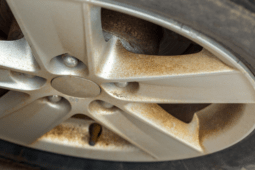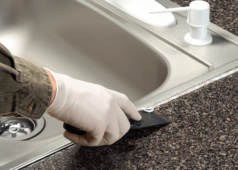How to Start a Lawn Mower That’s Hard to Start: Troubleshooting Tips
A well-maintained lawn mower is essential for keeping your yard looking its best. However, getting it started can sometimes be a bit tricky, especially if you’re new to lawn care or dealing with an older machine. Knowing how to properly start a lawn mower and understanding the common issues that may prevent it from starting can save you time, frustration, and potentially costly repairs. In this comprehensive guide, we’ll walk you through the basic steps to start a lawn mower, as well as troubleshoot common problems that might stop a mower from running.
Ready to take on life with unshakable confidence? Whether you’re aiming to excel in your career, improve your relationships, or conquer DIY projects, NLP Hero’s Confidence Course is your key to success. Click here to start transforming your confidence and be better at everything you do!
Whether you’re a first-time mower owner or a seasoned gardener, this guide will equip you with the knowledge you need to keep your lawn mower in top condition and ensure a smooth start every time you head out to mow your lawn.
Basic Steps to Start a Lawn Mower
Starting a lawn mower involves a few straightforward steps. Begin by positioning the mower on a flat surface to ensure stability. Make sure the mower is set to neutral or park mode if it has gears. Locate the primer bulb, usually a small rubber button, and press it three to five times to prime the engine.
Now, check the throttle lever and set it to the “fast” position. Hold the handlebar lever to disengage the safety brake, and then pull the starter rope with a firm, quick motion. If the mower doesn’t start on the first pull, repeat the process, giving the primer bulb another squeeze if necessary.
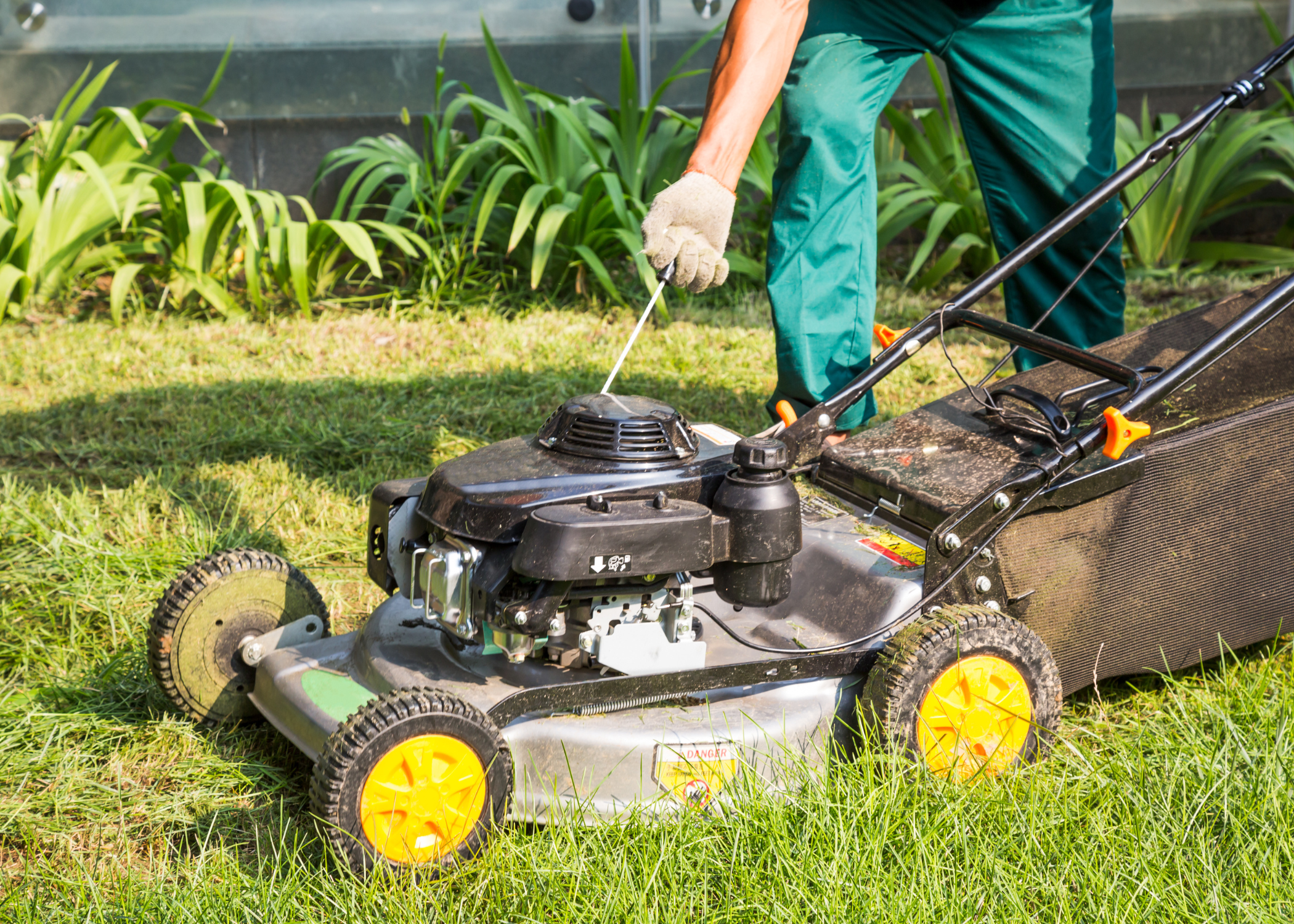
Checking the Fuel Level
One of the most common reasons a lawn mower won’t start is due to an empty fuel tank. Before attempting to start your mower, always check the fuel level by removing the cap and peering inside.
If the tank is empty or nearly empty, fill it with fresh gasoline. Ensure the fuel is not old, as stale gasoline can cause starting issues. It’s also wise to use a fuel stabilizer if your mower will be stored for an extended period, as this can prevent the gas from degrading and causing problems.
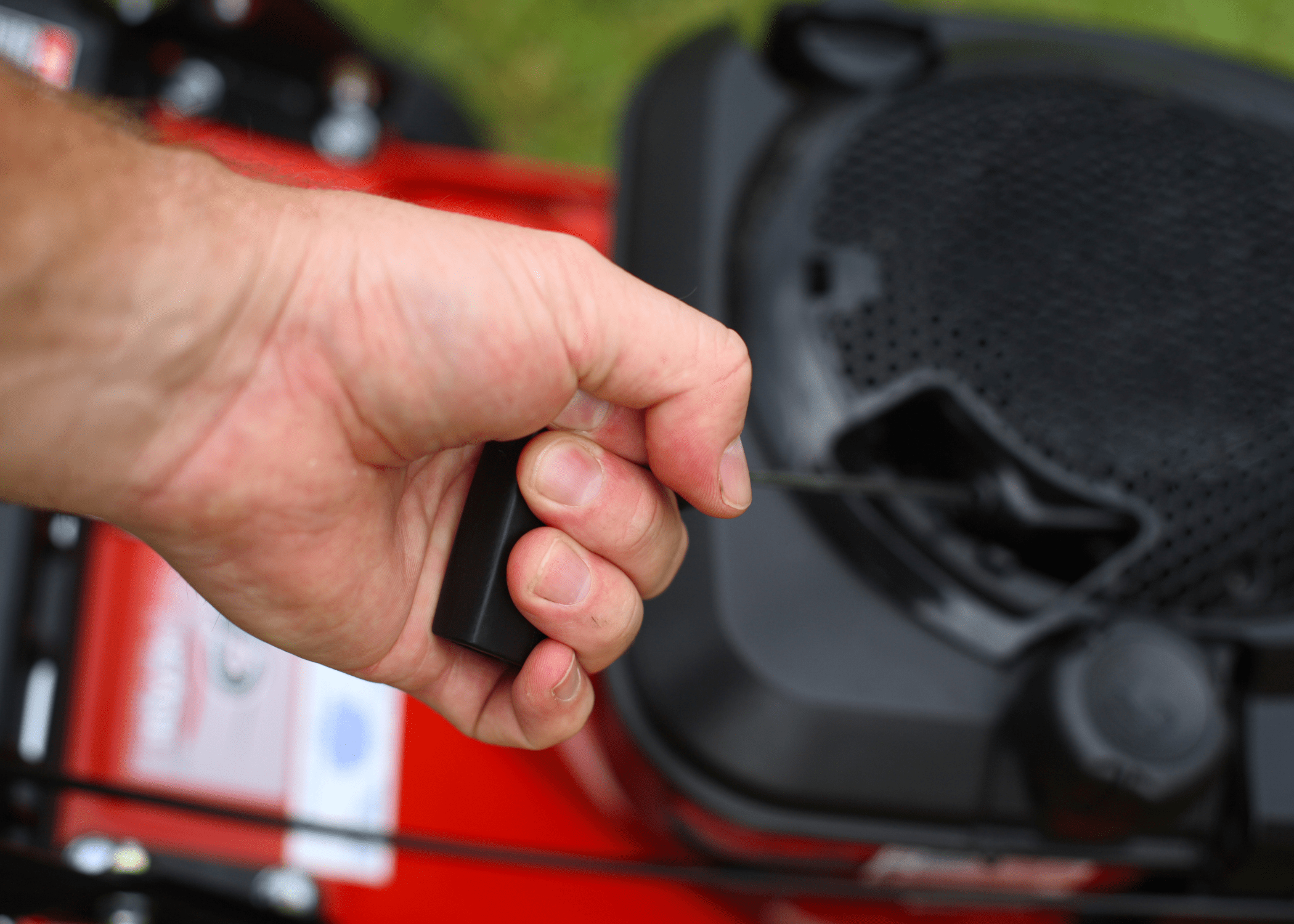
Inspecting the Spark Plug Wire
Another frequent culprit behind a non-starting lawn mower is a disconnected spark plug wire. The spark plug wire is typically a thick, black cable that connects to the engine’s spark plug.
Over time, vibrations can cause this wire to come loose. To inspect it, locate the spark plug and ensure the wire is securely attached. If it appears loose, reattach it firmly. A simple reconnection can often solve starting issues and get your mower running smoothly again.
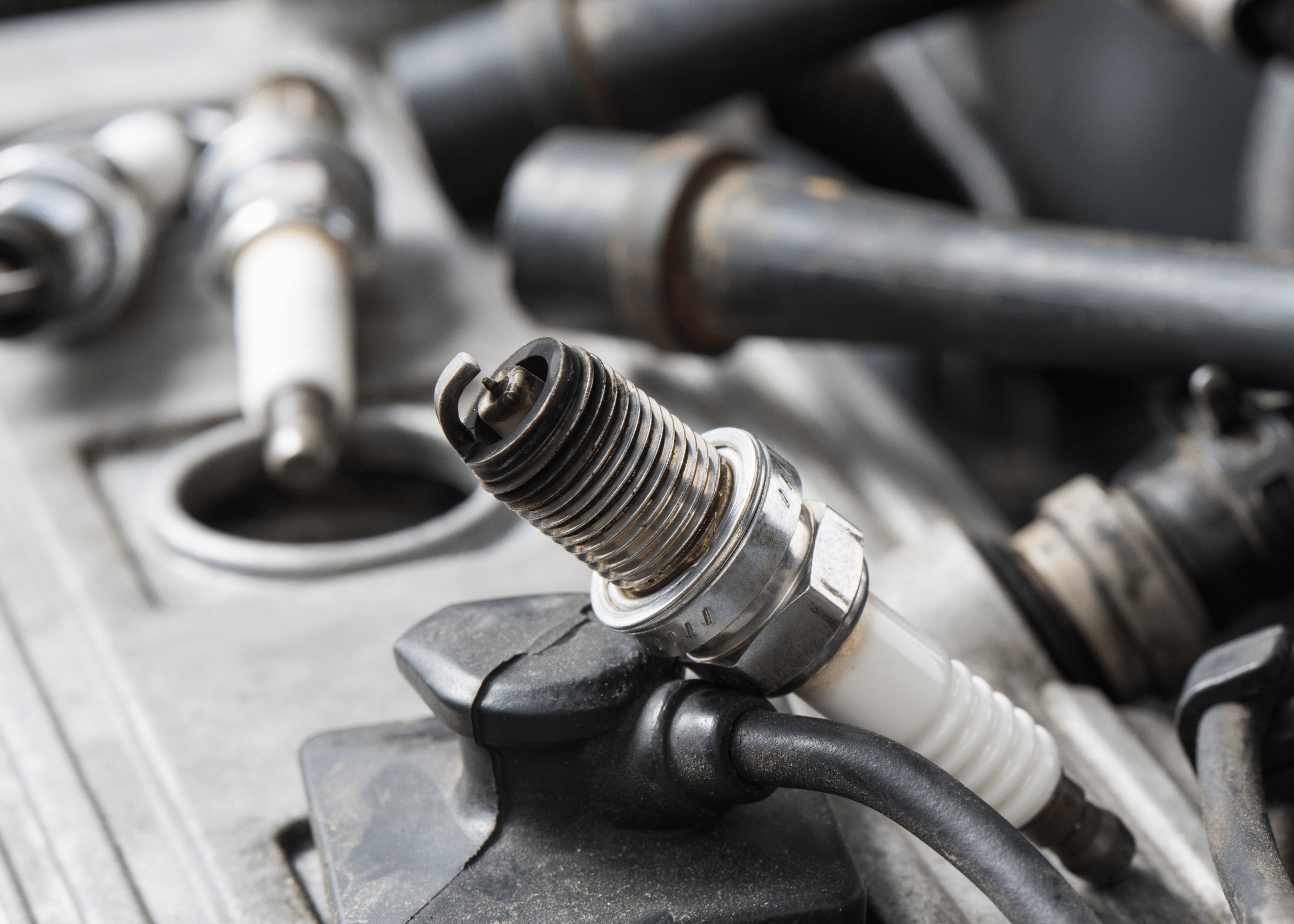
Evaluating the Spark Plug
If securing the spark plug wire doesn’t solve the problem, the spark plug itself might be the issue. Remove the spark plug using a spark plug wrench and inspect it for signs of wear or damage. A dirty, corroded, or worn-out spark plug can prevent the engine from starting.
Clean the spark plug with a wire brush if it appears dirty. If it’s damaged or excessively worn, replace it with a new one. Always ensure the replacement spark plug matches the specifications of your lawn mower model.
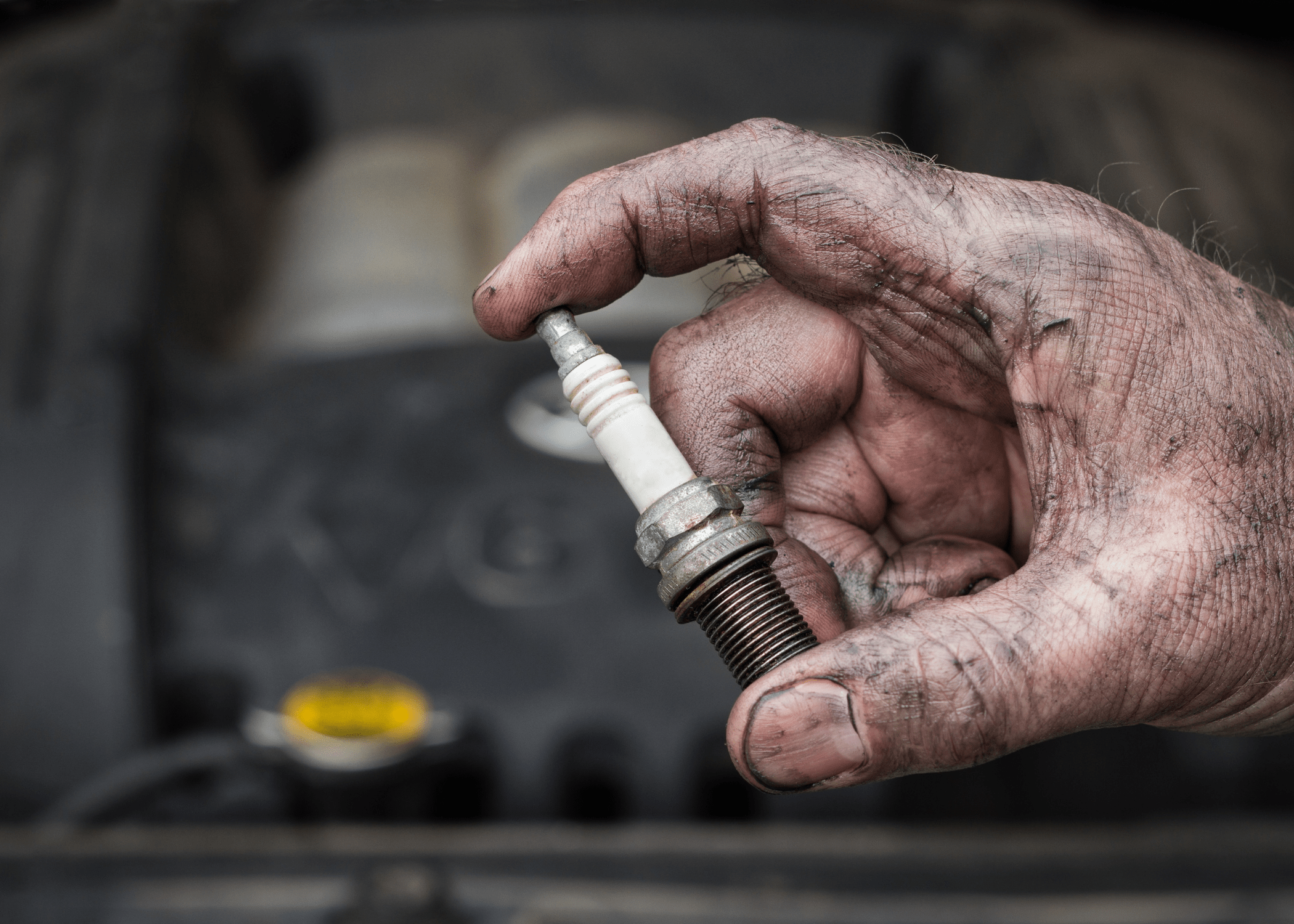
Assessing the Fuel Quality
Fuel quality is crucial for the performance of your lawn mower. Old or contaminated gasoline can cause starting difficulties. If your mower has been sitting idle for a while, the fuel in the tank might have deteriorated. Drain the old fuel and replace it with fresh gasoline.
Using ethanol-free gas can also help improve performance, as ethanol can attract moisture and lead to fuel system issues. Regularly checking and replacing the fuel ensures your mower runs efficiently and starts without trouble.
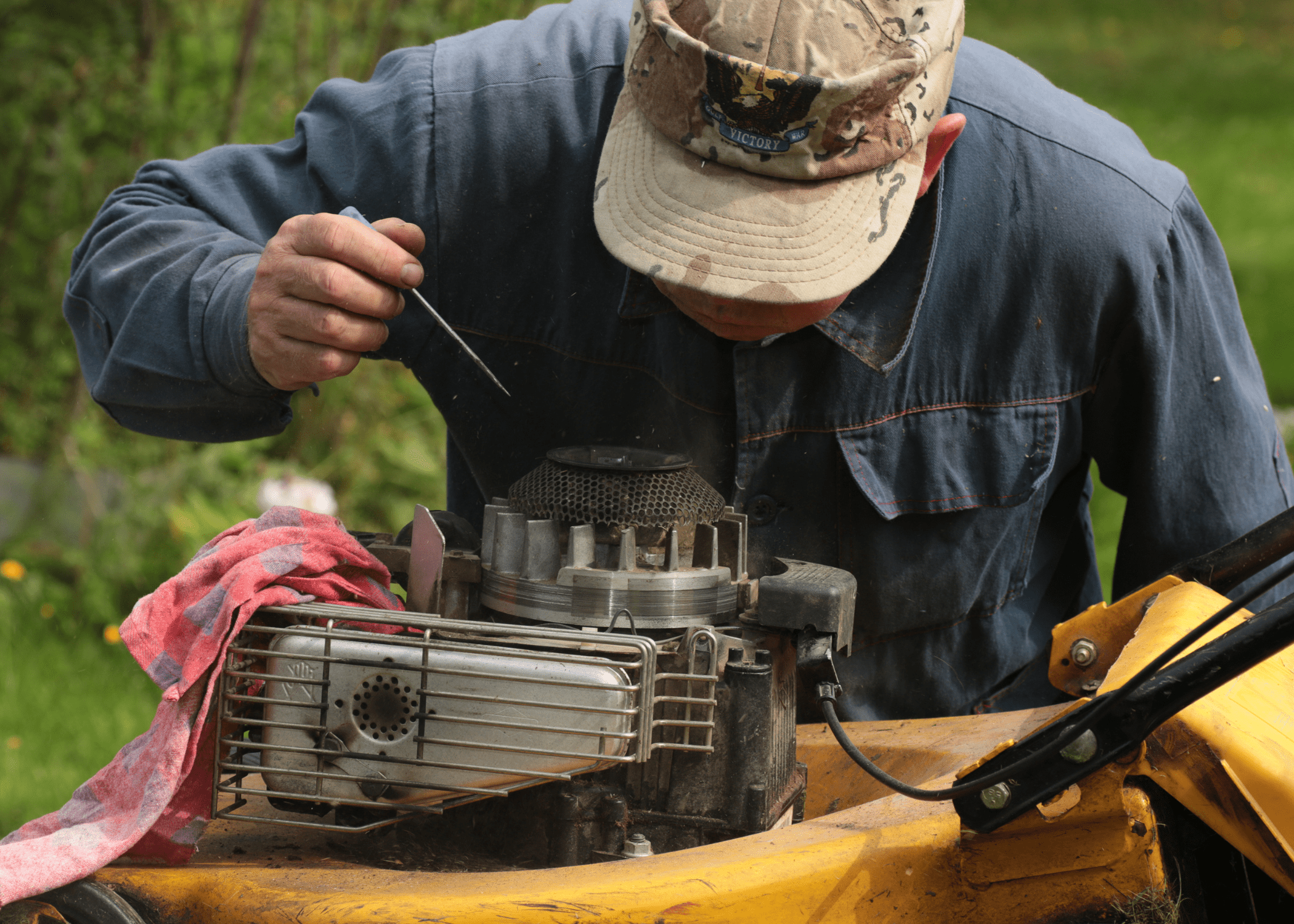
Cleaning the Carburetor
A dirty carburetor can severely impact the starting and running of your lawn mower. The carburetor mixes air and fuel for the engine, and if it becomes clogged with debris or old fuel residue, the engine may struggle to start. To clean the carburetor, remove it from the engine and disassemble it.
Use a carburetor cleaner to remove any built-up gunk and debris, then reassemble and reinstall it. Regular cleaning of the carburetor is essential for maintaining your mower’s performance and ensuring a reliable start.
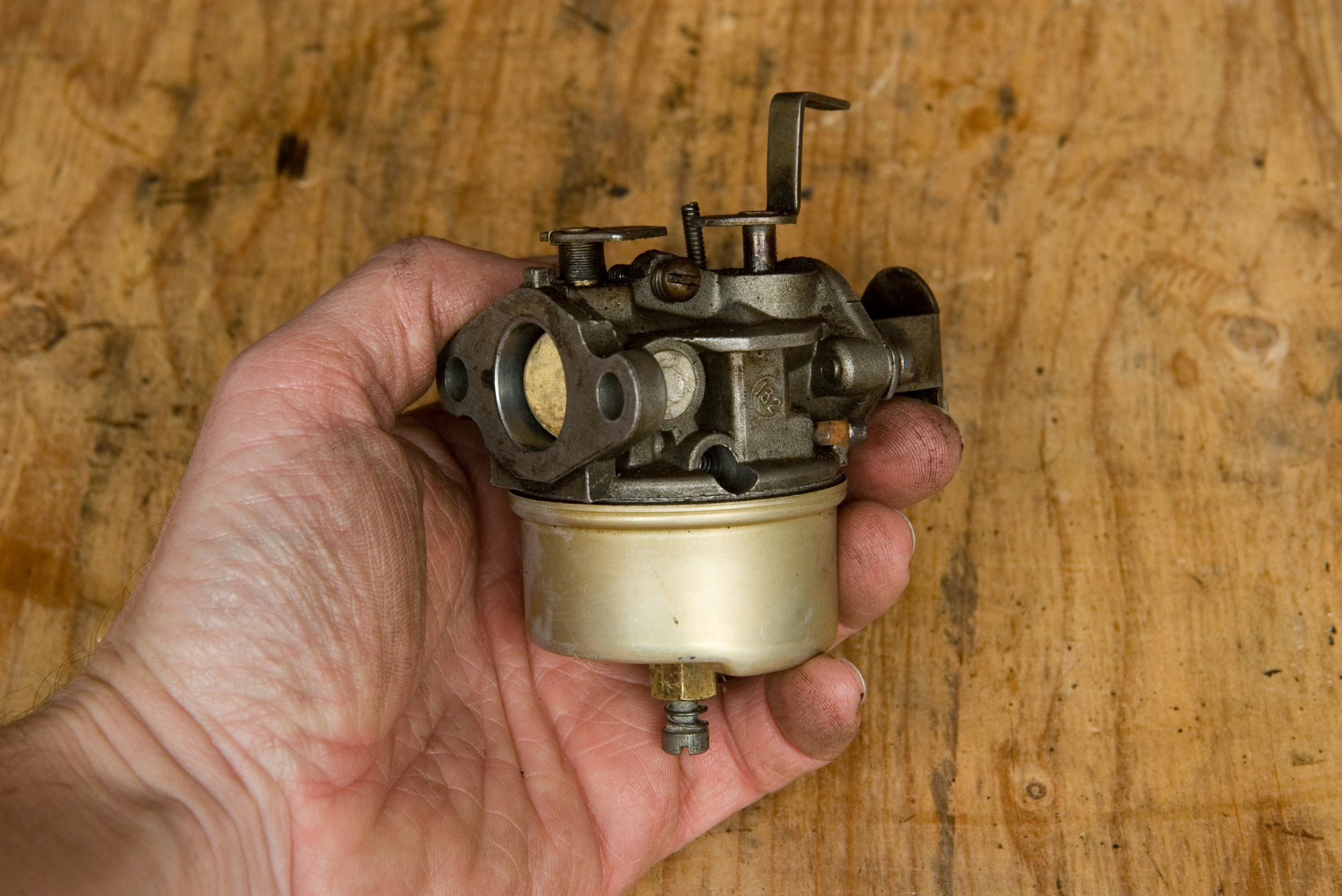
Ensuring Proper Airflow
Proper airflow is critical for the engine’s combustion process. Check the air filter to ensure it is clean and free of obstructions. A clogged air filter can restrict airflow, making it difficult for the engine to start.
If the air filter is dirty, clean it according to the manufacturer’s instructions or replace it if necessary. Regularly inspecting and maintaining the air filter will help your lawn mower start more easily and run more efficiently.
